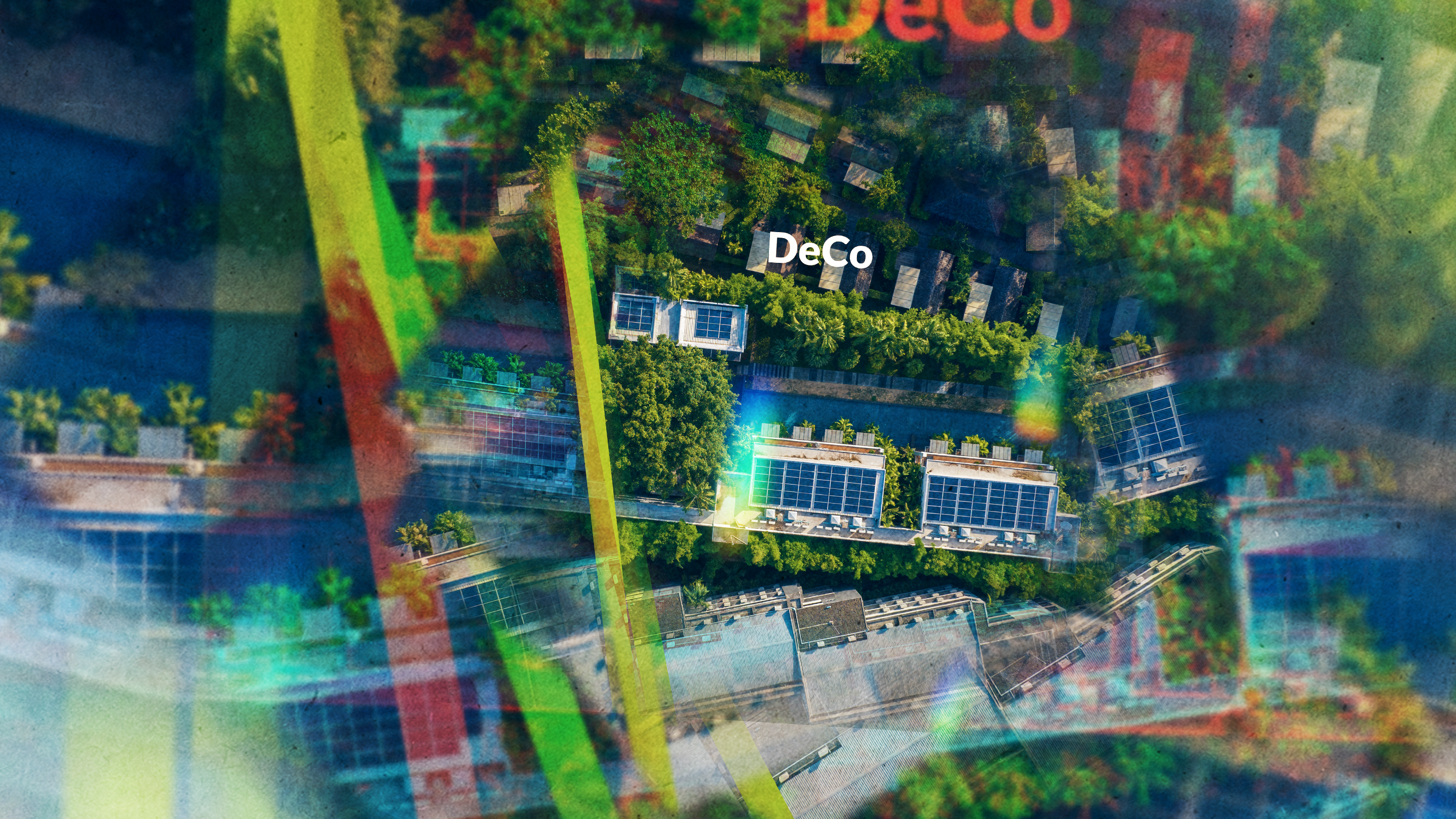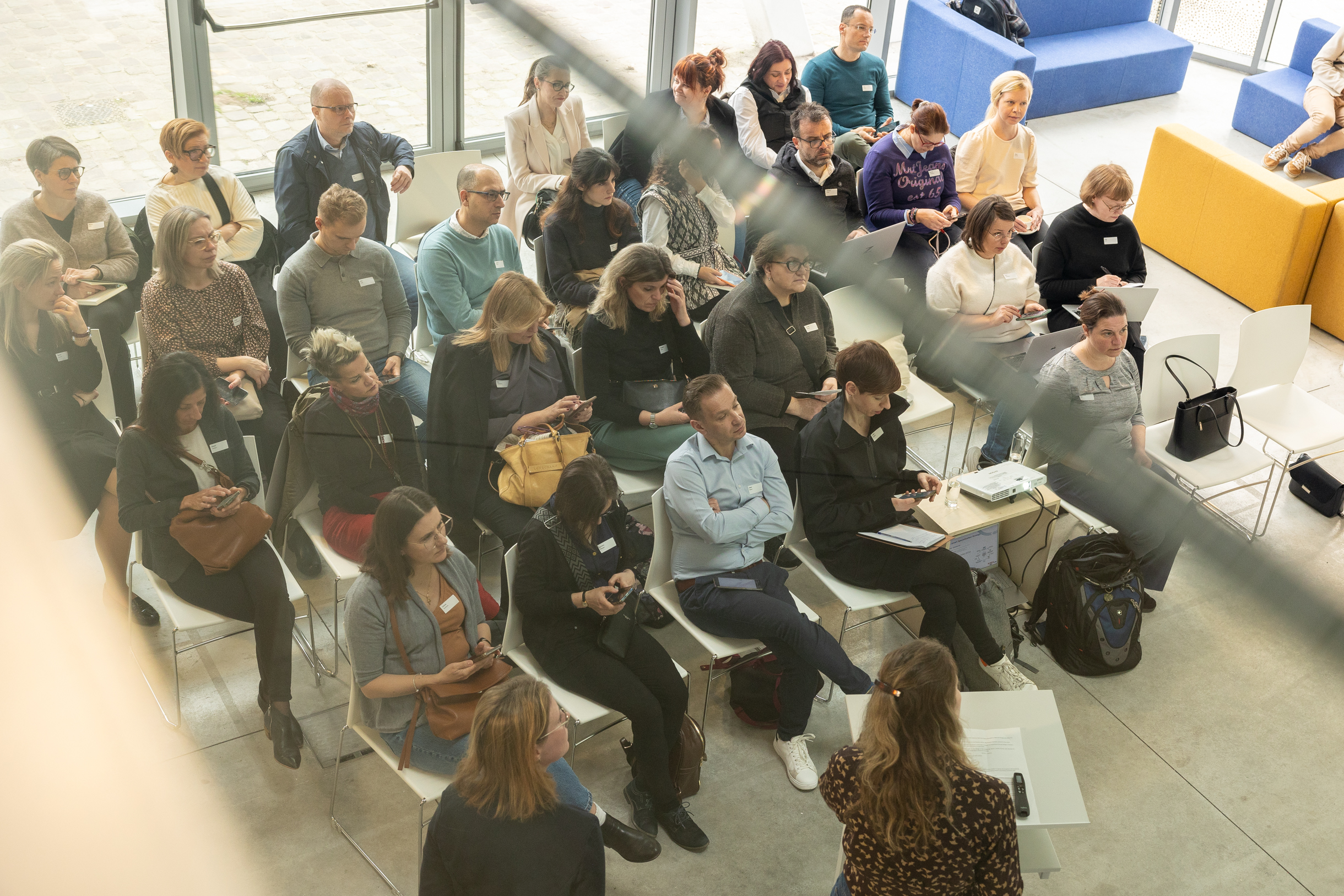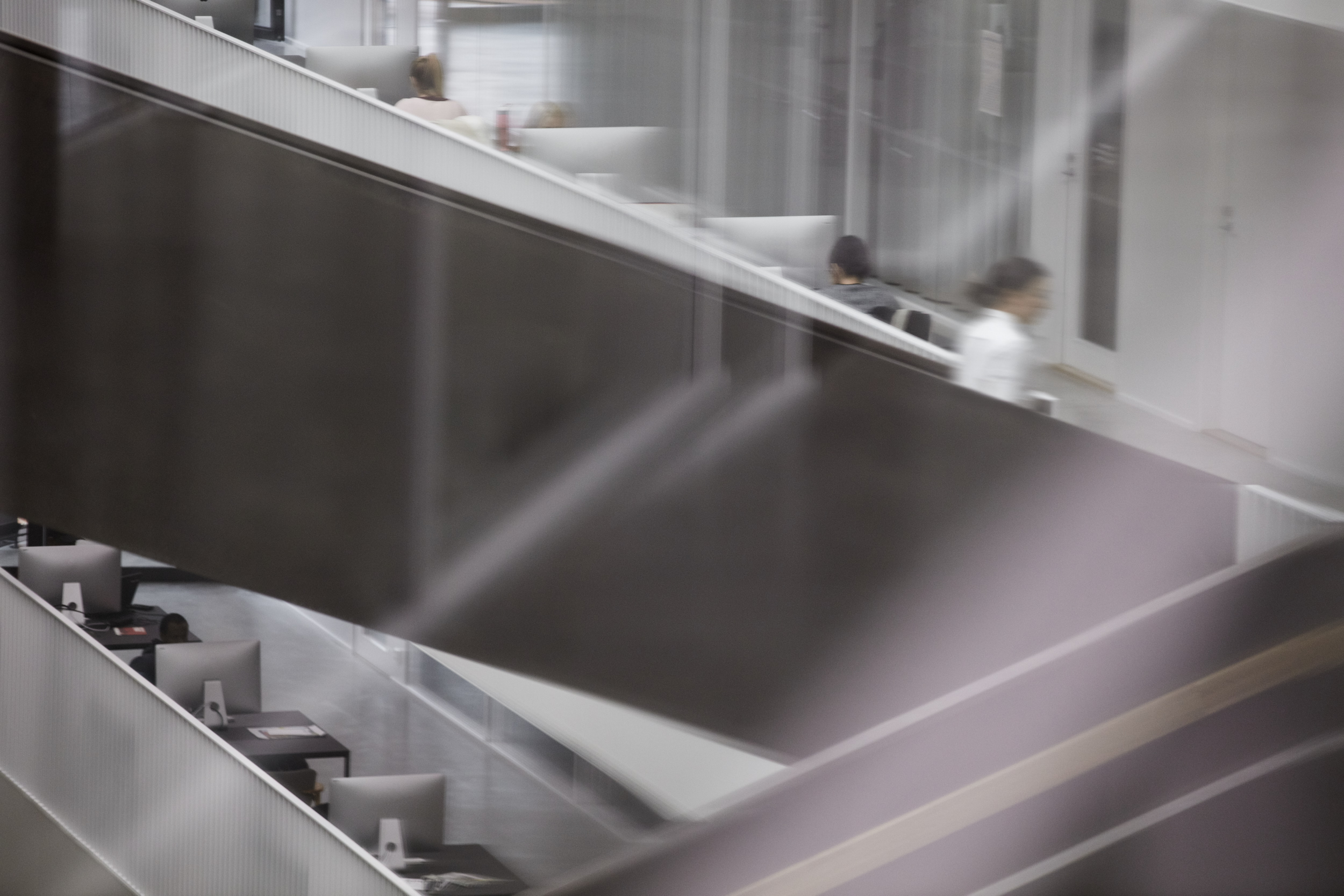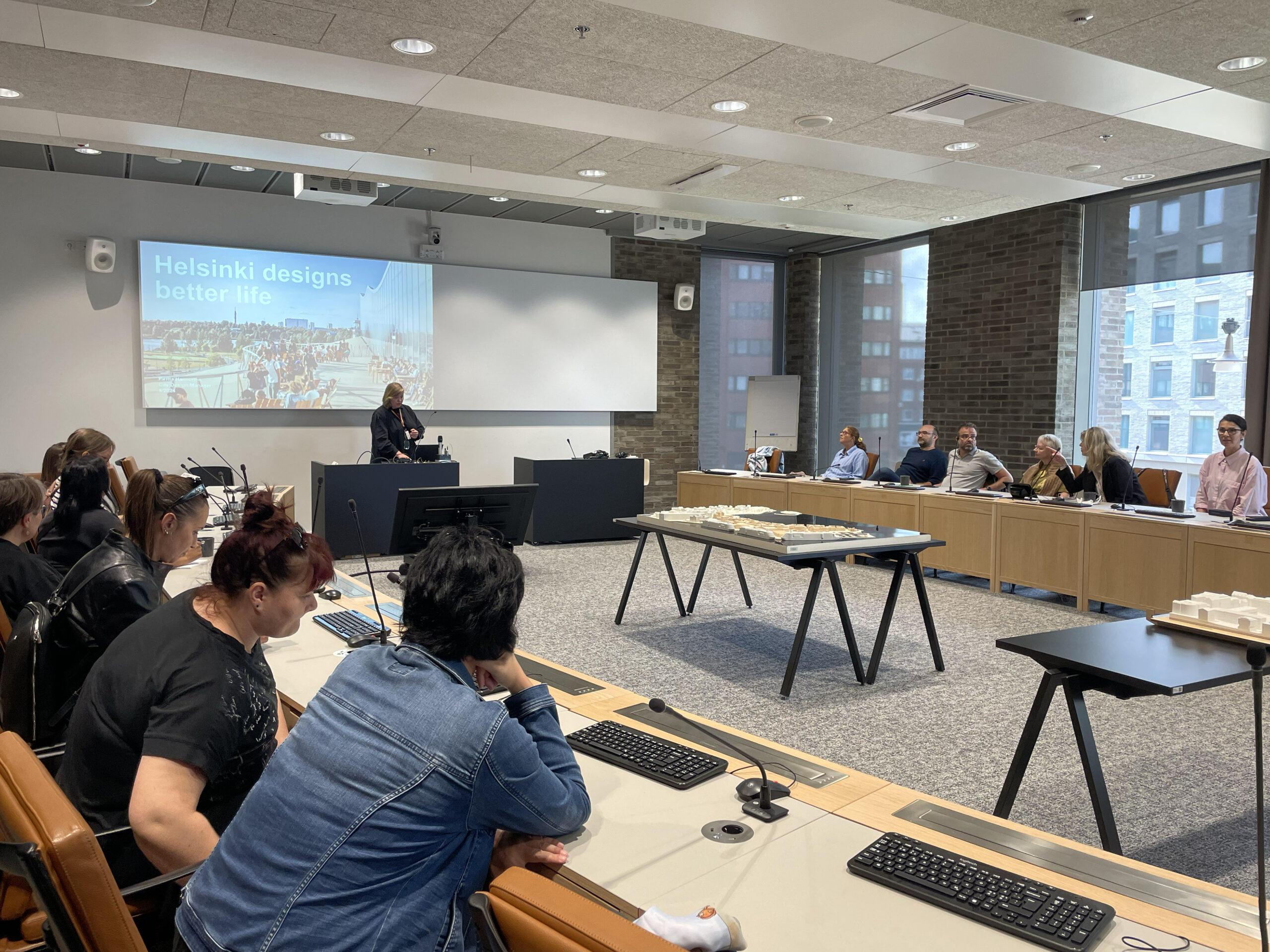News
Three Insights
- Circular economy
- Expert article
- responsibility

Mari Saario
Director, Sustainability Management, Sweco Oy
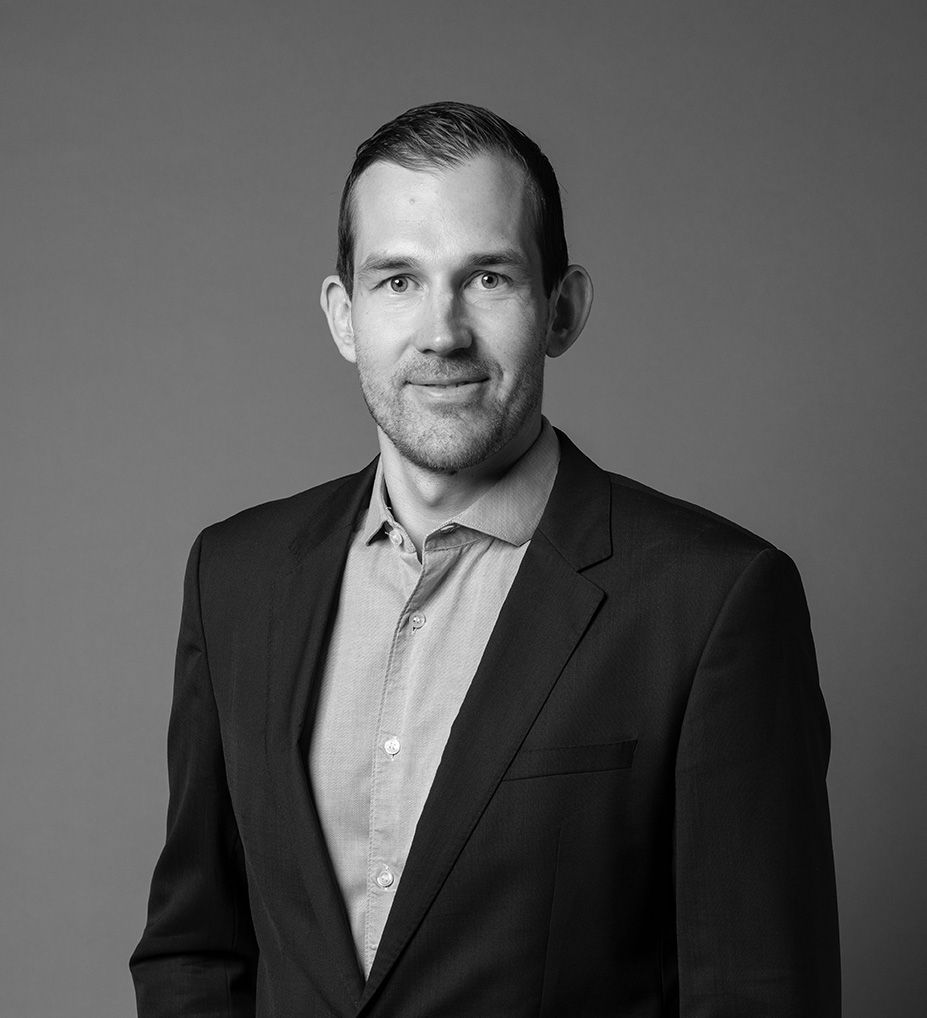
Olli Sahimaa
Leading Consultant, Strategic Circular Economy Projects, Sweco Oy
Three Insights Your Company Needs to Grow Future-Proof Circular Economy Business
Sustainability can be much more for companies than just fulfilling obligations – it is a strategic opportunity to enhance business, find new growth areas and stand out from competitors. At the same time, the environment benefits. Circular economy offers many opportunities for the development of responsible business practices. Circular economy aims to move away from the traditional linear take-use-dispose model and maximise the value of materials and products throughout their entire life cycle. Circular economy often requires significant changes to companies’ business models and ways of thinking, but it can also bring substantial cost savings and create new revenue streams.
Implementing circular economy is not always straightforward, and companies face several challenges when transitioning to it. For example, managing complex supply chains, finding suitable partners, uncertainty in the availability of recycled materials and a lack of knowledge and expertise can slow down the adoption of circular economy solutions. The following looks at the value creation of circular economy, particularly from the perspective of SMEs, by presenting three insights that can help companies create value and growth for their business through circular economy.
First insight: Circular economy is not an end in itself, but a tool to address the sustainability crisis caused by climate change, biodiversity loss and dwindling natural resources.
The goal of circular economy is to minimise the disposal of products and materials as waste, thus preventing the loss of value tied to products and materials. (Figure 1).
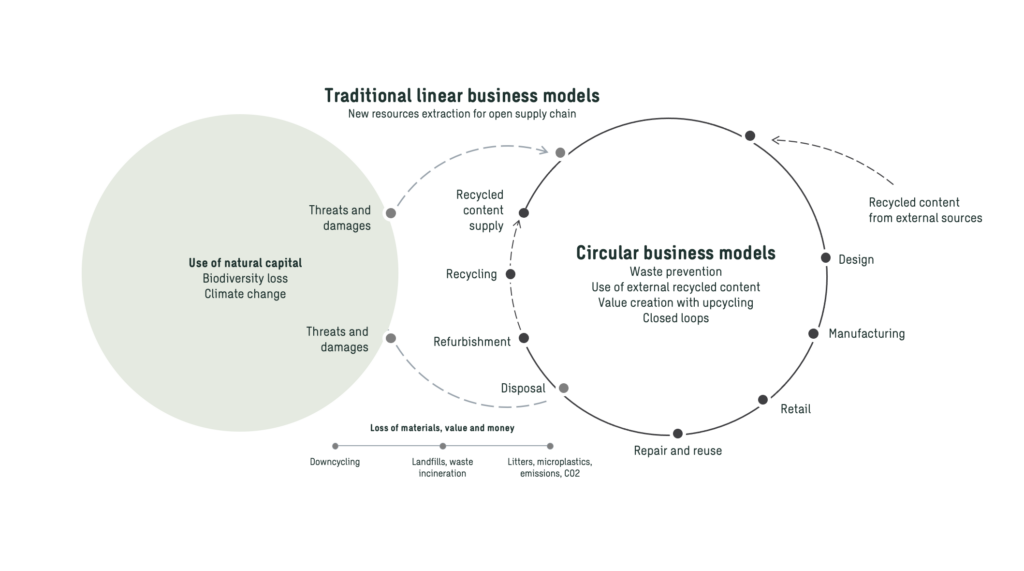
Circular economy is closely linked to achieving climate goals, as the use of materials is directly connected to the generation of emissions. Extracting, processing, manufacturing and disposing of materials requires energy, which is often obtained from fossil fuels. In addition to carbon footprint, measuring the ecological footprint of businesses is gaining importance in corporate responsibility. Recent studies2 have highlighted interesting findings, such as the positive effects of using recycled materials compared to virgin materials.
Circular economy is closely linked to achieving climate goals, as the use of materials is directly connected to the generation of emissions.
Circular economy is a concrete tool that allows companies to create environmental value in addition to economic value, and to contribute to solving the sustainability crisis. As a mindset, circular economy helps design products to be reusable and recyclable, reduce material waste in production and extend product life cycles. This promotes a systemic change where companies increasingly consider the environment and society in their operations.
Example – Parmaco. Parmaco is a construction company that designs, manufactures, leases and sells modular buildings, such as schools, daycare centres and hospitals. The company’s operations are strongly based on circular economy, and its goal is to build low-emission buildings and improve the utilisation rate of buildings. Parmaco creates customer value through the affordability of life cycle costs, for example. The modularity of buildings allows for their dismantling, relocation and modification as needed, providing flexibility. This is particularly beneficial for organisations like municipalities and cities, which find it difficult to predict future space needs. Parmaco has received recognition for its operations, for example at the World Economic Forum3.
Example – C.E. Lindgren. C.E. Lindgren is a traditional, family-owned company from Porvoo, Finland, whose operations include construction tools, special brushes and plastic matting products. C.E. Lindgren’s EVERSLIDE plastic matting systems are made from frost-resistant, UV-protected polypropylene. In its pilot project, C.E. Lindgren collects old matting elements from customers and returns them to production. Raw materials produced through recycling are even more cost-effective than using virgin polypropylene. The collection of old matting elements is based on C.E. Lindgren’s strong knowledge of its own materials and also engages customers in longer-term relationships.
Second insight: Opportunities in circular economy can arise both from market demand and regulation.
As customers increasingly value environmentally friendly products and services, products and services aligned with circular economy can be an attractive selling point. Companies can differentiate themselves from competitors by offering products that are made from recycled materials, have been designed to last longer or are easily recyclable.
Opportunities for circular economy business can emerge specifically from understanding customer needs.
Opportunities for circular economy business can emerge specifically from understanding customer needs. Customer demand for responsible solutions can be created by strategic sustainability goals, reporting requirements, other players in the value chain, financiers and a company’s own customer base.
Example – Valmet. Valmet is a technology company that provides production lines that utilise OCC (Old Corrugated Container) technology for box manufacturers, enabling the increased use of recycled materials in the production of cardboard boxes. The focus of OCC technologies is on advanced cleaning and screening solutions that allow the production of high-quality boxes in an energy- and material-efficient manner, according to customer specifications.
On the other hand, circular economy opportunities for companies can be driven by regulation. Increasing demands, such as reducing emissions and using recycled raw materials, mean that the need for circular economy-based solutions is growing in various sectors.
Third insight: The value creation in circular economy often takes place in networks, where value is created together with other operators.
The promotion of circular economy business often requires new forms of collaboration, as optimising material flows takes a network of players (Figure 2). However, competition dynamics can hinder collaboration, leading to sub-optimisation of resources from the perspective of an individual operator, rather than preserving the added value of materials and products in the value chain. In addition, the “growing pains” and development needs of circular economy solutions may make them a more expensive option, which can slow down their adoption. Furthermore, inconstant availability may also form a concrete obstacle to the utilisation of recycled materials.
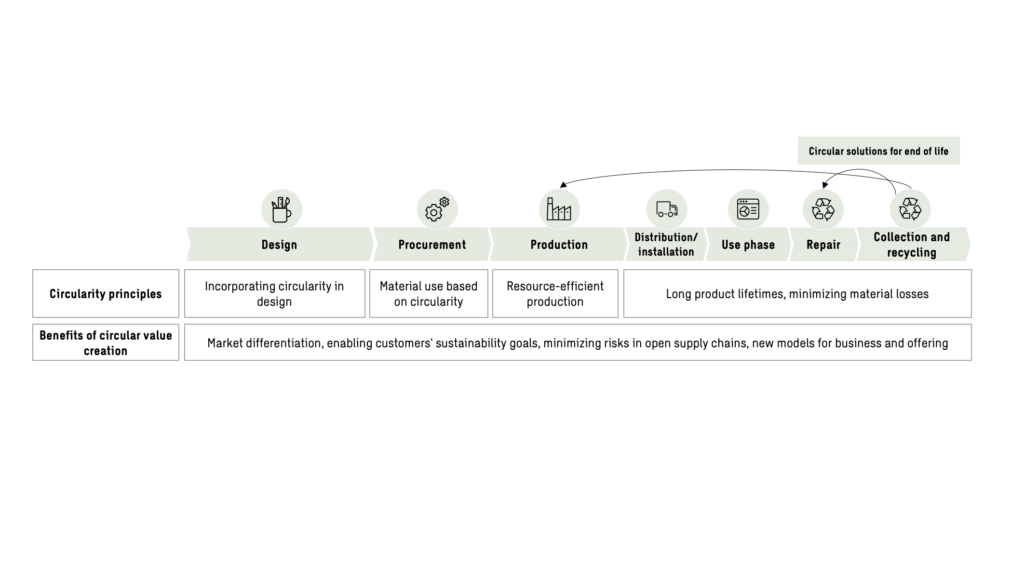
Different collaboration models and the development of ecosystem-based activities can solve the bottlenecks of circular economy. For example, knowledge gaps and skill shortages can be addressed by creating shared platforms and forums where different operators can exchange information and best practices. Collaboration also helps in sharing risks and costs associated with the development and implementation of circular economy solutions. Various industrial symbioses, where companies utilise each other’s side streams and waste, provide tangible examples of how collaboration between operators can create value and reduce material waste. Additionally, cooperation between companies in promoting circular economy may also include product development, among other things.
Example – Hesburger, Touchpoint ja Wiitta. Hesburger, in collaboration with its partners Touchpoint and Wiitta, has created a solution where broken polypropylene boxes used in Hesburger’s logistics are repurposed as raw materials in making trays for Hesburger restaurants. During the tray manufacturing process, the boxes are turned into plastic pellets, which are melted and injected into a tray mould. The trays have undergone the necessary laboratory tests for recycled plastic, and the material value of the food-grade boxes remains intact throughout the recycling process. The trays made from recycled material have been tested for use in restaurants, ensuring that they can withstand machine washing and the heat of a thermal tunnel.
The carbon footprint of a tray made from recycled plastic is 85% smaller than that of a tray made from new plastic4.
In summary, circular economy and sustainability can be a business development opportunity, not just an obligation. Circular economy is not an end in itself, but a tool to create environmental value and respond to global sustainability crises from a business-driven perspective. The best circular economy insights are created through collaboration – this is how future-proof businesses are built.
Read more about Sweco’s sustainability consulting services.
Photo: Mikko Ryhänen
Sources
- Uusiouutiset. (2025). Strengthen biodiversity with a circular economy! – Recycling is better for biodiversity, as shown by recent studies on plastic recycling and earth construction. Available in Finnish at: https://uusiouutiset.fi/vahvista-biodiversiteettia-kiertotaloudella-kierratys-on-luonnon-monimuotoisuuden-kannalta-parempi-osoittavat-tuoreet-selvitykset-niin-muovien-kierratyksesta-kuin-maanrakennuksestakin/
- Material Economics. (2018). The circular economy – a powerful force for climate mitigation. Available at https://www.sitra.fi/wp/wp-content/uploads/2018/06/the-circular-economy-a-powerful-force-for-climate-mitigation.pdf
- Parmaco. (2024). Parmaco recognized among Europe’s top 30 circular economy companies at the World Circular Economy Forum.
